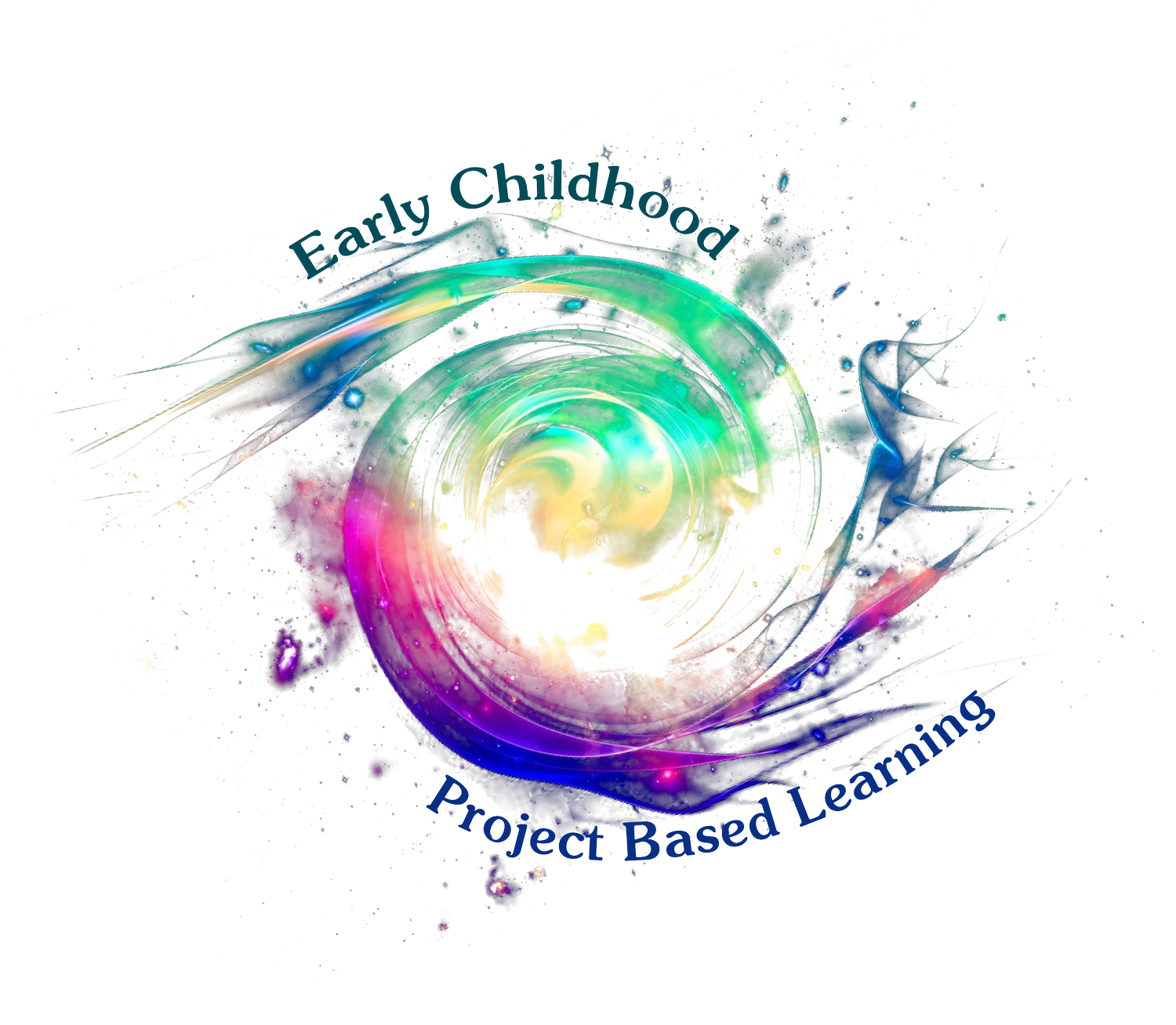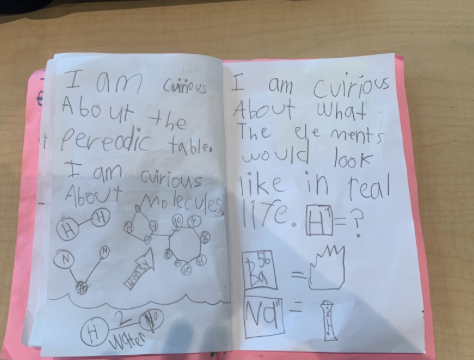Bridging the Gap: PBL for Second Graders on the Cusp of Early and Middle Childhood
The powerful PBL strategies that foster curiosity, collaboration, and problem-solving in preschool and kindergarten are equally important at the other end of the early childhood continuum, second grade. While second graders are often reading more fluently, solving math problems with growing confidence, and engaging in thoughtful discussions, they’re also still drawn to imaginative play, hands-on exploration, and the comfort of routine and reassurance. Educators can meet second graders exactly where they are, supporting both their developmental needs and their growing independence, when they embrace Project Based Learning.
Second Grade: The Bridge Between Early Childhood and PBL Success
Some of the best learning experiences aren’t meticulously planned—they unfold in real time, sparked by the world around us. In my classroom, Project Based learning isn’t just about designing elaborate launches; it’s about recognizing when life hands us a moment of wonder and running with it. When something captures my students’ curiosity, I don’t rush to fit it into a pre-planned structure. Instead, I step back, observe, and let children’s questions guide the journey.
That’s exactly what happened when our elementary school received a donation of garden beds and soil for each grade level. While my teaching partner and I saw the potential for an incredible learning experience, we weren’t sure exactly where to begin or where it would lead. Instead of forcing a structured plan, I started by observing my students. What were they drawn to? What questions did they ask? My teammate and I loosely outlined some possible driving questions and project ideas, but we let the students’ natural curiosity shape the direction of the learning.
When the students went outside to move the soil into the garden boxes, their excitement was immediate. They eagerly dug their hands into the dirt, chattering about the texture, the smell, and—of course—the mess. But then, something caught their attention: small shells scattered throughout the soil. Suddenly, the focus shifted. "Why are there shells in the soil, Mrs. Chick?" they asked, holding them up for closer examination. In that moment, their natural curiosity provided the perfect launching point for inquiry-driven learning.
From Questions to Action: Second Graders Knew How to Make Connections to Plant’s Life Cycles and Themselves
Second graders’ curiosity is one of their greatest assets in learning. When given the space to ask questions and explore freely, they naturally engage in deep, meaningful inquiry. One way I support this is through curiosity journals, which my students create at the beginning of the year. Every Monday, we dedicate ten minutes to writing about what we are curious about. Not only does this practice encourage sustained inquiry and observation, but it also gives me insight into the topics that genuinely interest my students. This also supported my teammate and I in choosing a driving question that aligned with what the kids were already investigating, “How are we connected to the life cycle of plants?”
Early in the year, I noticed an overwhelming fascination with scientific concepts—particularly atoms and elements. So, when my students became intrigued by the shells in the soil, it became a natural bridge into exploring the elements that make up nutrient-rich soil for plants. This inquiry sparked excitement in one group of students who wanted to take their learning further. They decided to create a large-scale periodic table of elements, highlighting those most beneficial for soil nutrition.
At the end of each project, our class does a showcase that highlights the learning done in the unit. As we began to plan for it, something truly magical happened—the entire class got involved. Students who had been working on other projects around the same driving question eagerly jumped in to help—offering feedback, creating costumes, designing sets, and more. Those who loved art painted backdrops, those who preferred hands-on work built simple props, and those who thrived on storytelling helped refine the script.
This collaborative effort not only strengthened the final presentation but also reinforced the idea that learning is a shared experience—one where every student has something valuable to contribute.
And still, two other groups pursued their own unique interests. One group, supported by my teacher assistant, focused on building their comprehension skills. They had developed a passion for their book club story and wanted to explore its themes more deeply, weaving connections between their reading and our driving question. Meanwhile, another group became inspired by a Scholastic article we had read about creating your own board game. They eagerly ran with the idea and designed a board game centered on agriculture, incorporating real-world challenges like aphid invasions and soil health strategies to make the game both educational and engaging.
This is the beauty of PBL in second grade—one simple question can evolve into multiple deep, student-driven investigations. Some students may dive into scientific research and data collection, while others express their understanding through storytelling, reading, or even game design. But how do we ensure all standards are met when students are approaching the topic in different ways? Intentional scaffolding and formative assessments are key. I mapped out learning objectives across each project pathway, ensuring that all students engaged with grade-level science, literacy, and math standards in ways that made sense for their exploration.
By allowing student curiosity to lead the way, we not only tap into the playful, hands-on exploration they still crave but also ensure that every child is deeply engaged in meaningful, standards-based learning.
The Power of PBL: A Showcase of Growth and Joy
This project was more than just an academic exercise—it was a testament to the power of Project Based Learning and the incredible growth that can happen when students are given the space to explore, create, and collaborate. As the project evolved, it became clear that something special was happening in our classroom. The excitement wasn’t just contained within our walls—parents, my teaching team, and I were all fired up about what the students were accomplishing.
Our showcase was a celebration of all of their learning, and I can’t even begin to describe the magic that filled the room. After an entire year of PBL—scaffolding collaboration, planning, and presentation skills—my students truly took off flying. Each team displayed their Evolution of Learning board next to their final project, demonstrating not just what they created, but the journey that led them there.
We hosted the event in our school’s dance room, inviting parents, grandparents, and other teachers to experience the students’ learning firsthand. Each team took turns presenting their projects, explaining their learning experience and process, and the event culminated with the Reader’s Theatre performance. While not every student performed in this play, every student participated in the production. It was incredible to see the students take ownership of their work, speaking with confidence and enthusiasm about their projects.
After the play, the showcase transitioned into a science-show style format, where parents could interact with each station. They played the garden board game, admired the handmade costumes, listened to students sing the periodic table of elements, and examined the 3D model of a lodge. To make the experience even richer, we equipped each station with markers and post-its, inviting parents to leave feedback and engage in meaningful conversations with students. The room was filled with joy, curiosity, and an overwhelming sense of pride—you could truly feel the love and excitement in the air.
This event was a perfect reflection of what PBL is all about: students leading their learning, making meaningful connections, and sharing their discoveries in an authentic way. Seeing their faces light up as they confidently presented their work was the ultimate reminder of why Project Based Learning isn’t limited to early learners—it continues to be powerful, especially for second graders. When we honor their curiosity, hands-on learning, and social-emotional growth, we give them the tools to thrive not just as learners, but as thinkers, creators, and problem-solvers.
As I watched my students celebrate their accomplishments, I knew that this was the kind of learning experience that would stick with them long after second grade. And honestly? It will stick with me, too.
Natani is passionate about PBL because it empowers students to take ownership of their learning. She had the privilege of teaching at a full PBL school in Vancouver, WA, where she saw firsthand the impact of authentic, student-driven experiences. Now, in her new district, Natani is finding ways to inspire and encourage a shift toward PBL. Outside the classroom, she loves spending time with family and watching her nieces and nephews grow, always reminding her of the power of curiosity and exploration in learning.




